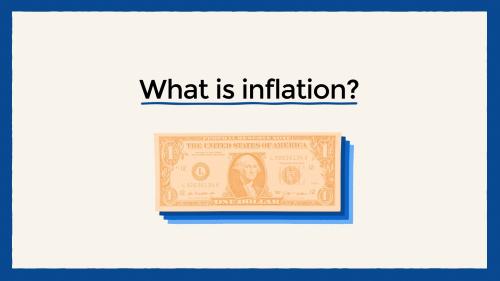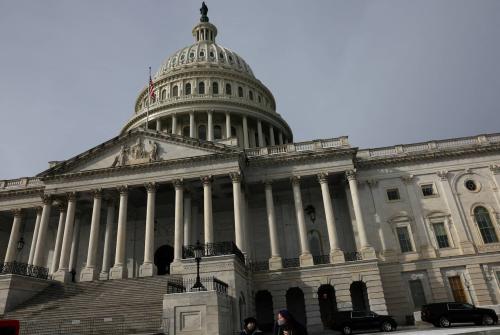This article originally appeared on the Wall Street Journal on January 9, 2017.
In a recent Gallup poll, 30% of Americans rated the U.S economy as “excellent” or “good” and 22% said it was “poor.” Of course, the answer depends on one’s particular circumstances and – as Gallup notes – on whether one is a Republican or Democrat.
But which is it? Here’s my (short) answer.
The U.S. economy of 2017 is not the economy of 2009 or even 2013. It has finally recovered from the Great Recession. The unemployment rate (which, to be sure, only counts people who are looking for work) is down to 4.7%. Wages finally are rising faster than inflation. Home prices have returned to pre-bust levels. Auto sales are breaking records. Consumer confidence is surging. The U.S. economy does not need a big dose of tax-cutting, spending-increasing fiscal stimulus right now. In fact, if Congress were to move with surprising speed to immediately cut taxes and hike spending, the Federal Reserve probably would increase interest rates faster than it is planning.
Yet all is not well in the U.S. economy. We’ve got a lot of chronic problems. A few examples: Too many workers are still on the sidelines: 15% of prime-age men – those between 25 and 54, mostly too old to be students and too young to retire – aren’t working. For those with jobs, wages have been stagnating for years despite a recent uptick: A full-time male worker at the statistical middle earns about $920 a week which, adjusted for inflation, is what a similarly situated man earned in 1986. Stanford economist Raj Chetty’s latest work finds that 90% of the kids born in the early 1940s ended up earning more than their parents (adjusted for inflation), but only half of the kids born in the early 1980s did. Mr. Chetty says that has more to do with the increasingly unequal distribution of economic growth rather than with the slowdown in economic growth. Still, that slowdown in growth is worrisome. The pace of growth in productivity– the amount of stuff we produce for each hour of work—is lousy. In the good old days — and the decade between 1995 and 2004 – productivity growth was fast enough to double average living standards every 25 or 30 years, essentially a generation. At the current pace, it’ll take 70 years for living standards to double.
So what’s to be done? A lot. Here are a few thoughts.
- We will have another recession someday. We should be prepared. With interest rates likely to be below historic averages for a long time, the Fed won’t be able to cut interest rates as much as it has in past recessions. That puts more burden on tax and spending. In the first do-no-harm category, Congress should nourish the automatic stabilizers – the provisions in law that allow revenues and spending on programs such as unemployment compensation or Medicaid to expand automatically when the economy turns down and many Americans suffer declines in income.
- Fortunately, there doesn’t seem to be a recession in sight, which makes this a good time to focus on those chronic problems. We might intensify efforts to improve the quality of pre-K through college education and access to it and invest more in education R&D. We might invest more in programs that work that are aimed at lower-income kids—the workers of tomorrow — and less in those that don’t. We might encourage work by making jobs more attractive, including by offering wage subsidies. We might do more to increase productivity growth by encouraging private investment, boosting public investment, revamping education and worker training to improve the quality of the workforce and spurring competition.
- Eventually we are going to have do to something about the trajectory of the federal debt, projected to rise, in large measure, because we are an aging society. Given the low level of interest rates, this isn’t urgent. But we can’t put this off forever – and we should be wary about digging a deeper hole (unless we are borrowing to make investments that we’re confident will pay off in the future.)









Commentary
Op-edThree things to tackle now before the economy’s next slump
January 9, 2017